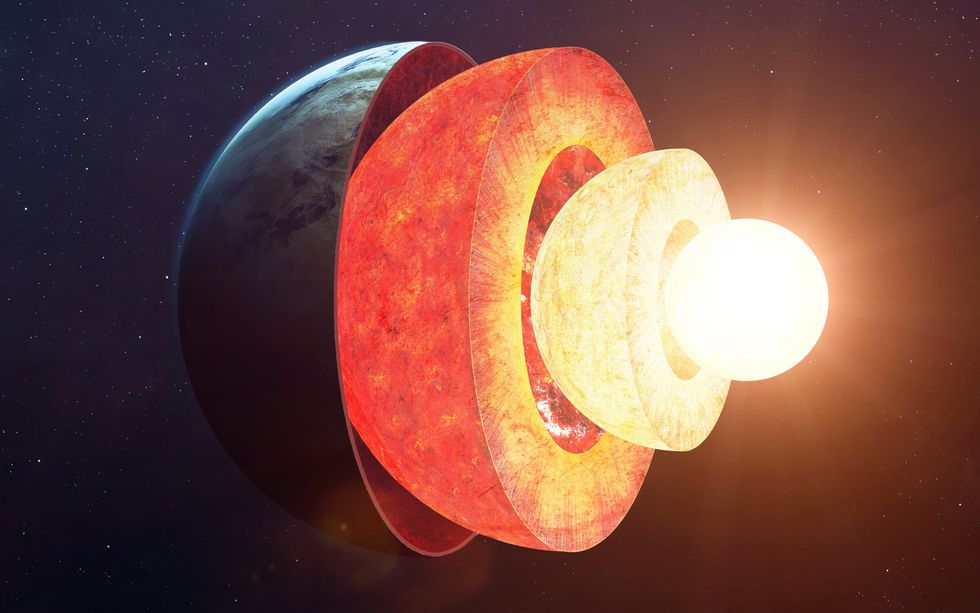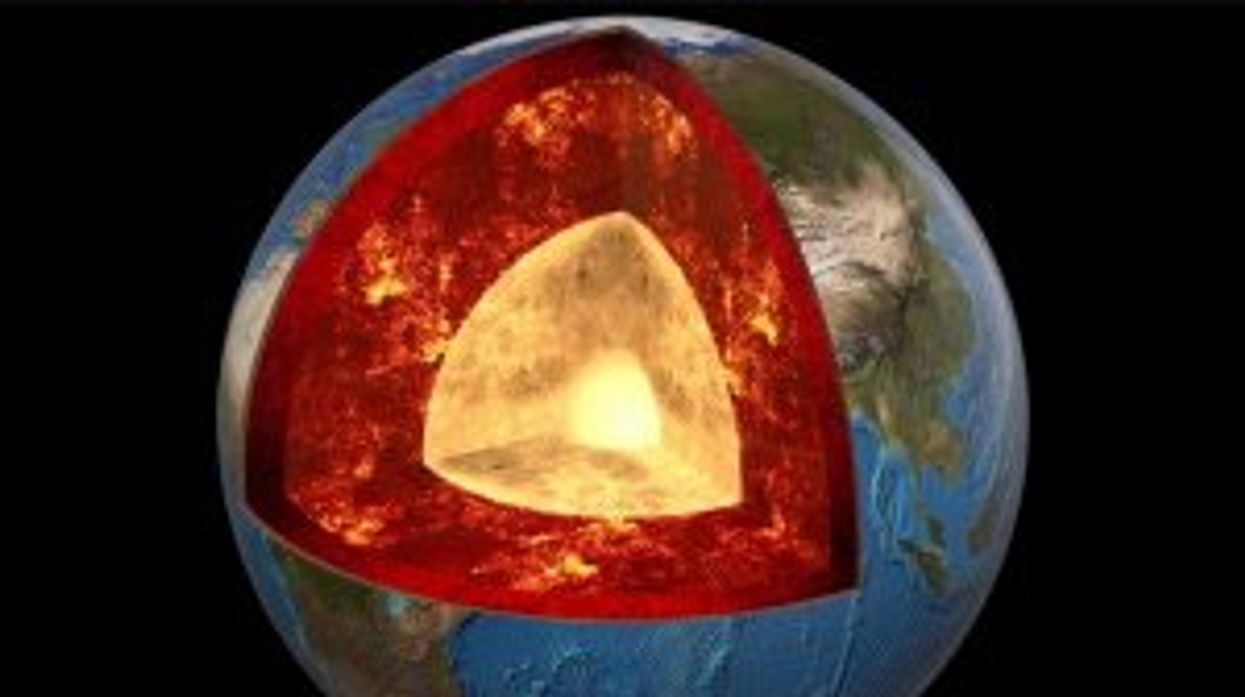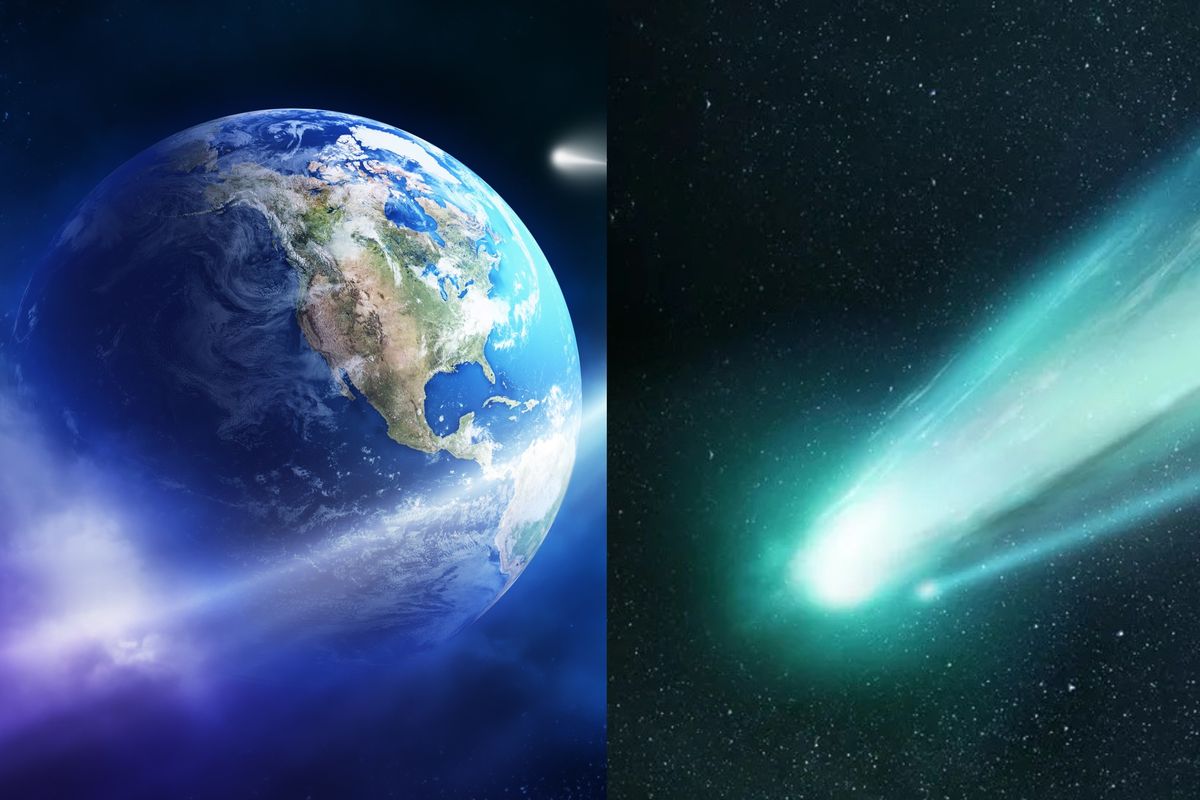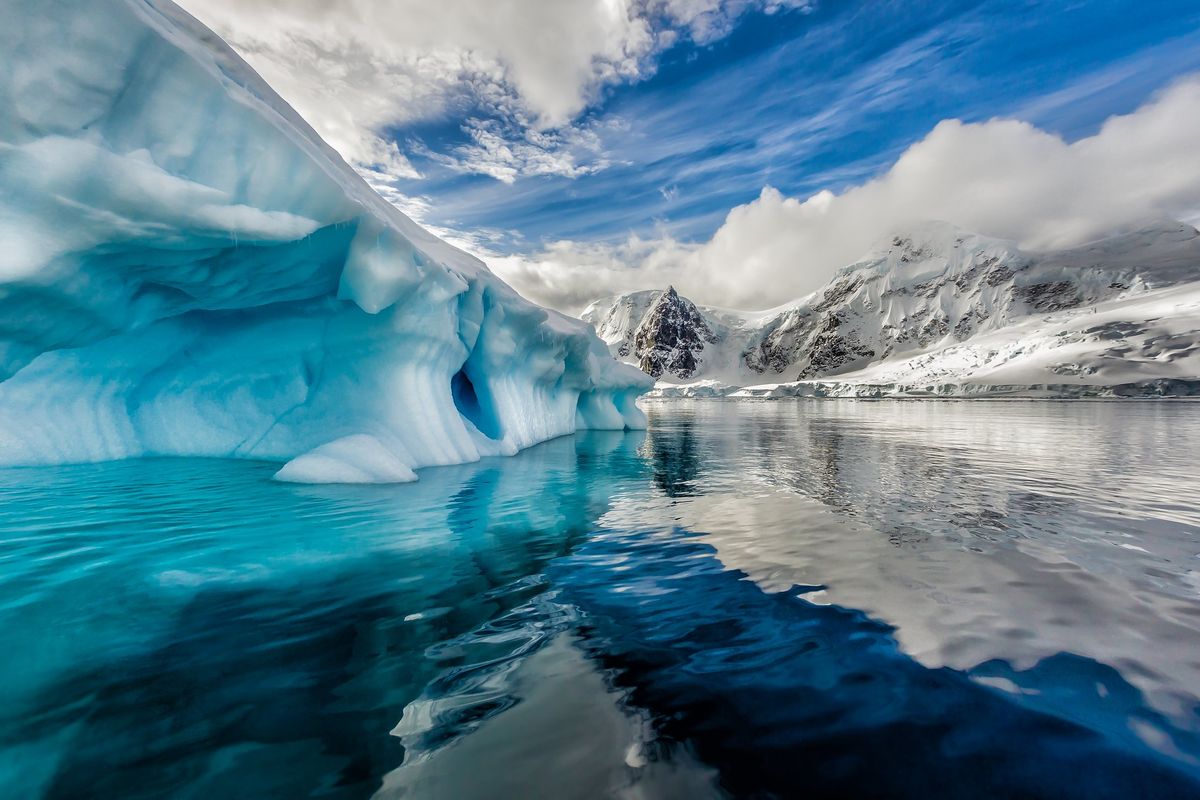Harry Fletcher
Jun 12, 2023
The Earth’s Core is Cooling Faster Than Previously Expected
content.jwplatform.com
The structure of the Earth beneath our feet has been fascinating to members of the scientific community recently, and it turns out it’s far more complex than people initially thought.
First, we learned of the news that there’s a massive ocean beneath the Earth’s crust which contains more water than all of the seas on the surface.
Now, another study has been published which has taken an in-depth look at the geology beneath the southern hemisphere.
The new research, published in Science Advances, has found evidence that an entire ocean floor actually runs the length around the core.
Sign up to our new free Indy100 weekly newsletter
This is a relatively thin layer that sits on the core-mantle boundary around 1,800 miles beneath the surface of the Earth. It's an ancient formation that could provide more insight into the structure of the planet beneath our feet.
Geologist Samantha Hansen and her colleagues from the University of Alabama led the research. They observed the structure by using 15 monitoring stations under the ice of Antarctica, mapping the waves from earthquakes.

Doing this allowed them to analyse the structure of the Earth below the surface, including the ultra-low velocity zones where waves moved much slower.
"Seismic investigations, such as ours, provide the highest resolution imaging of the interior structure of our planet, and we are finding that this structure is vastly more complicated than once thought," Hansen said.
"Analyzing [thousands] of seismic recordings from Antarctica, our high-definition imaging method found thin anomalous zones of material at the CMB everywhere we probed," geophysicist Edward Garnero from Arizona State University also said.
"The material's thickness varies from a few kilometers to [tens] of kilometers. This suggests we are seeing mountains on the core, in some places up to five times taller than Mt. Everest."
"Our research provides important connections between shallow and deep Earth structure and the overall processes driving our planet," Hansen added.
Have your say in our news democracy. Click the upvote icon at the top of the page to help raise this article through the indy100 rankings.
Top 100
The Conversation (0)














